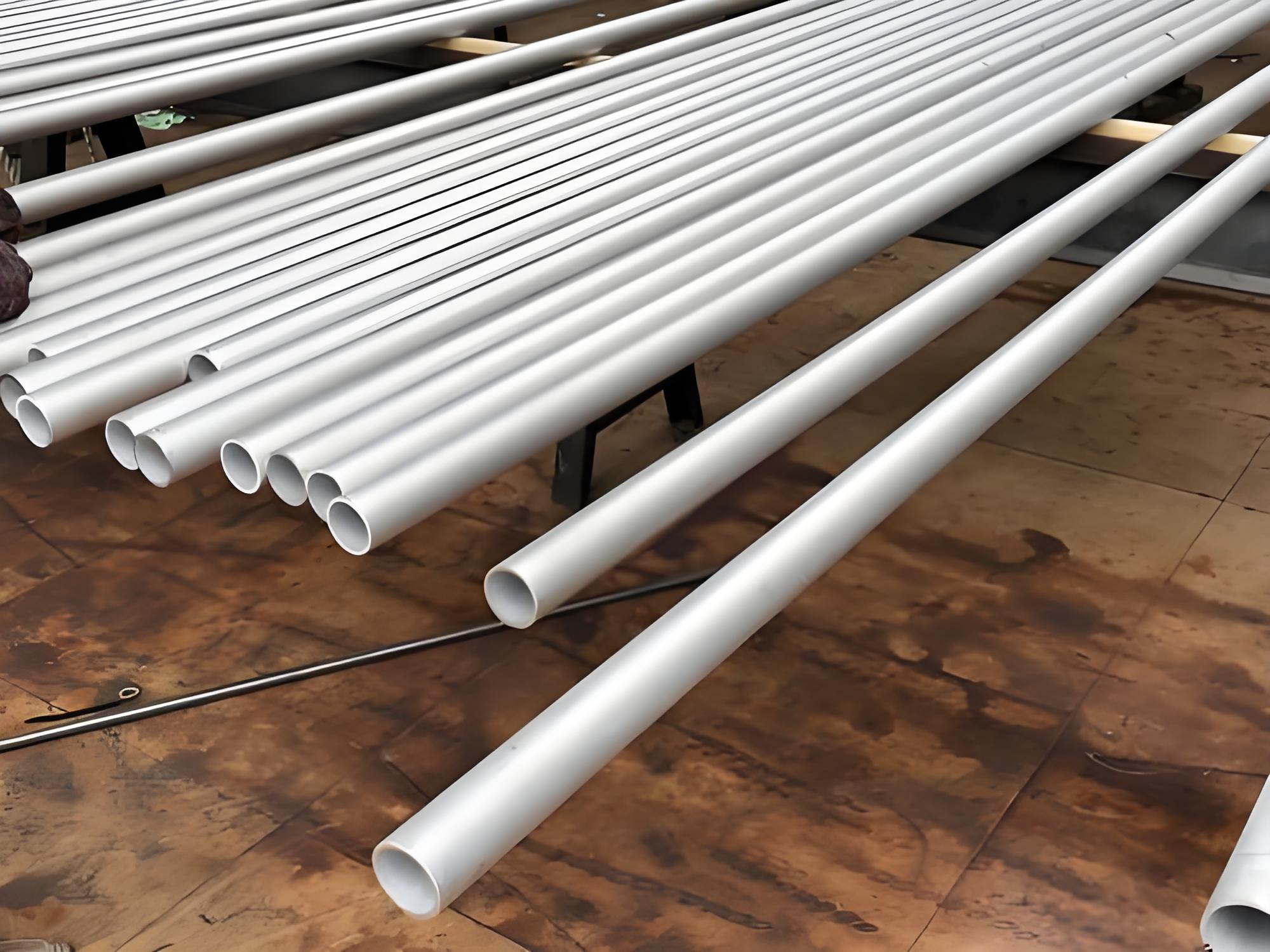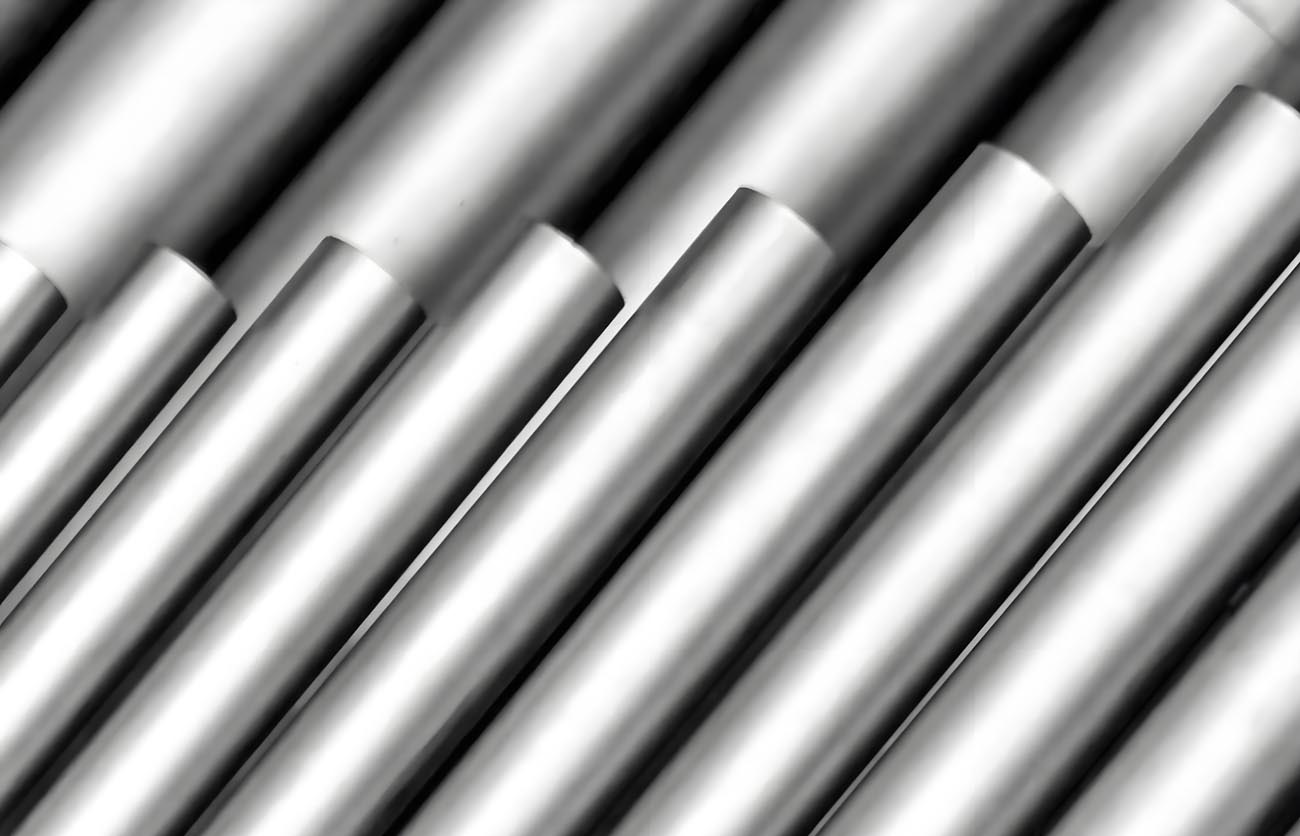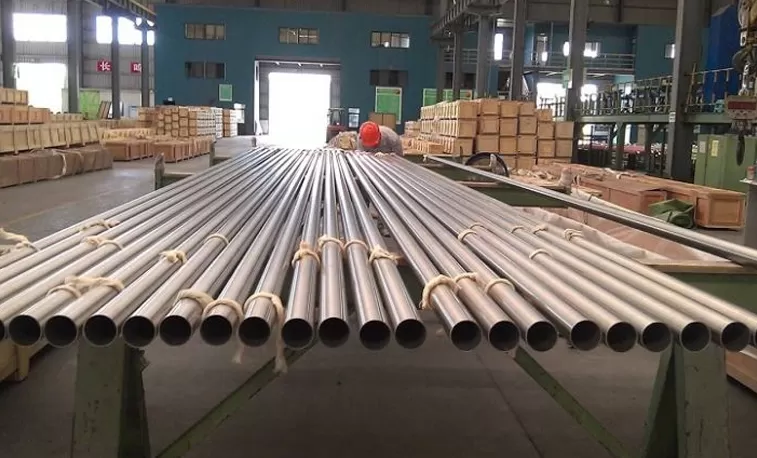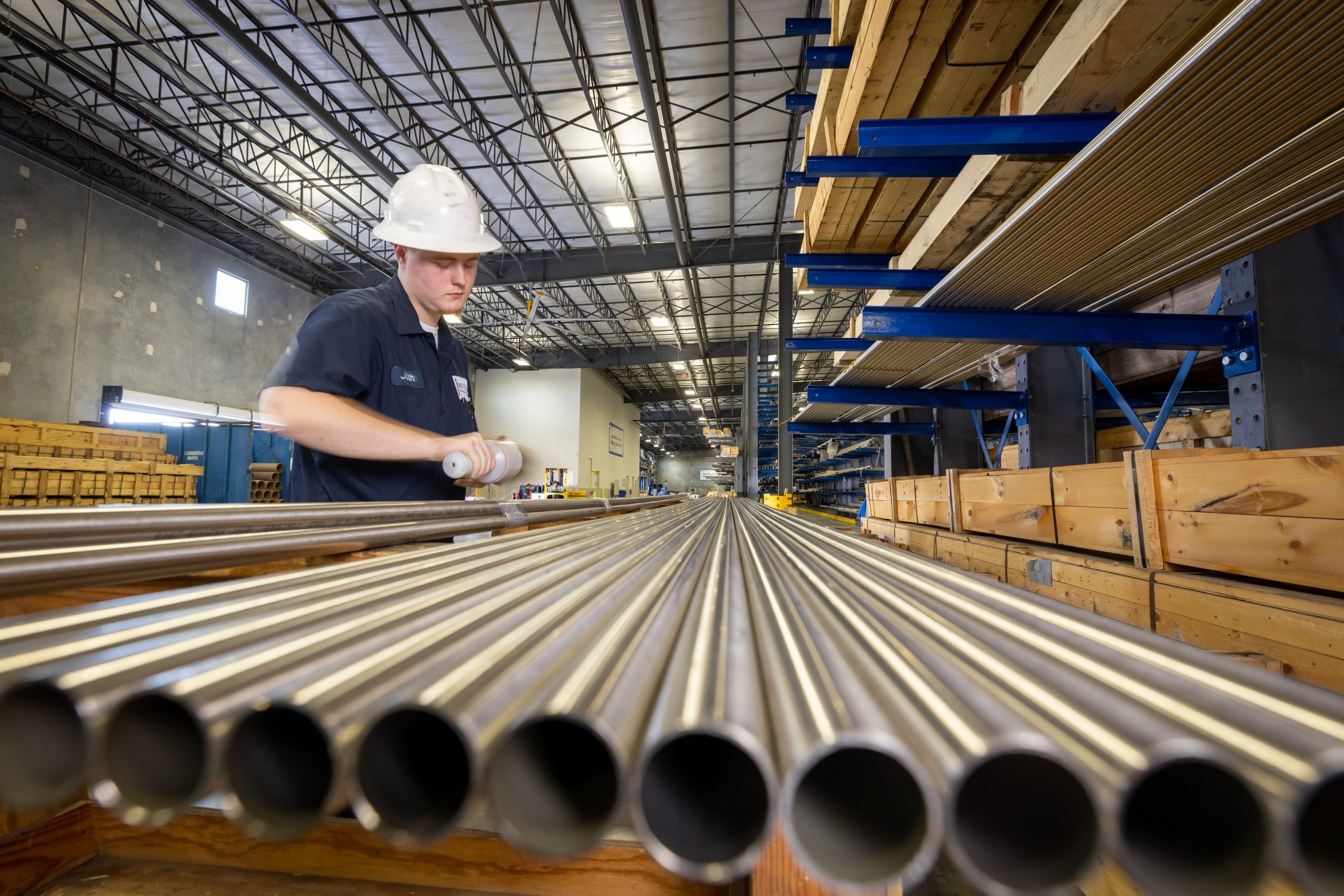Alloy L-605 Steel Tube – UNS R30605 | Haynes 25
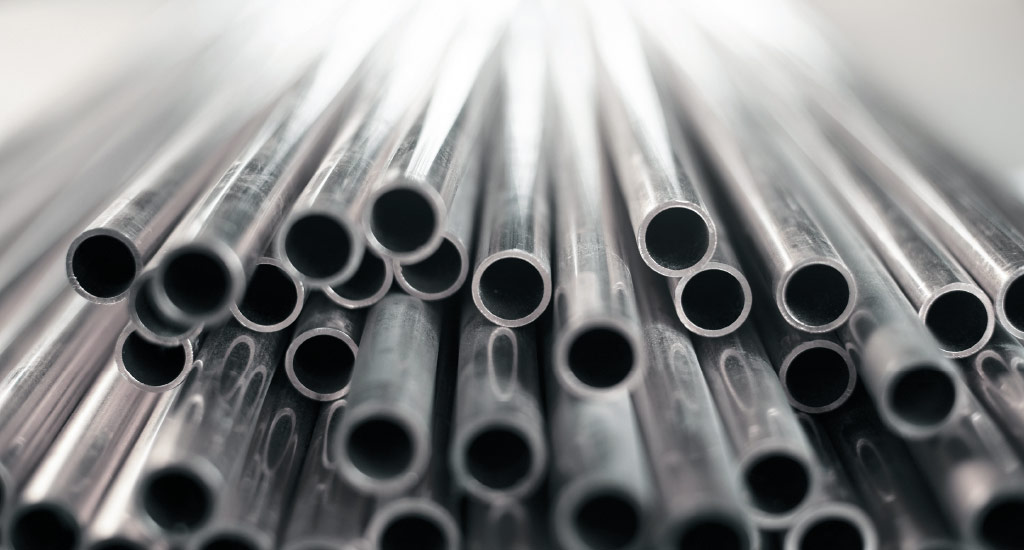
Alloy L-605 Steel Tube (UNS R30605 | Haynes 25)
Alloy L-605, also known as Haynes 25 and UNS R30605, is a cobalt-based superalloy known for its excellent high-temperature strength, oxidation resistance, and good resistance to sulfidation and wear. This alloy is particularly useful in applications that require high strength, heat resistance, and corrosion resistance.
Chemical Composition
The typical chemical composition of Alloy L-605 is as follows:
| Element | Percentage (%) |
|---|---|
| Cobalt (Co) | 48.0 – 52.0 |
| Nickel (Ni) | 9.0 – 11.0 |
| Chromium (Cr) | 19.0 – 21.0 |
| Tungsten (W) | 14.0 – 16.0 |
| Iron (Fe) | 3.0 max |
| Manganese (Mn) | 1.0 – 2.0 |
| Silicon (Si) | 0.4 max |
| Carbon (C) | 0.05 – 0.15 |
| Lanthanum (La) | 0.02 max |
| Phosphorus (P) | 0.04 max |
| Sulfur (S) | 0.03 max |
Mechanical Properties
Alloy L-605 maintains excellent mechanical properties at both room and elevated temperatures:
- Tensile Strength: 965 MPa (140 ksi) min
- Yield Strength (0.2% offset): 415 MPa (60 ksi) min
- Elongation: 35% min
- Hardness: 250 HB max (Brinell Hardness)
Physical Properties
- Density: 9.13 g/cm³ (0.330 lb/in³)
- Melting Point: 1330°C (2425°F)
- Specific Heat Capacity: 0.099 cal/g·°C (at 20°C)
- Thermal Conductivity: 10.2 W/m·K (at 20°C)
- Electrical Resistivity: 1.18 µΩ·m (at 20°C)
- Modulus of Elasticity: 211 GPa (at 20°C)
- Poisson’s Ratio: 0.32 (at 20°C)
Industries Predominantly Using Alloy L-605
- Aerospace:
- Combustion chambers, turbine blades, and afterburner parts in jet engines.
- High-temperature fasteners and springs.
- Gas Turbines:
- Components exposed to high temperatures and corrosive environments.
- Turbine blades, rings, and combustion liners.
- Chemical Processing:
- Heat exchangers and other equipment exposed to corrosive chemicals and high temperatures.
- Medical:
- Surgical instruments and medical implants due to its biocompatibility and corrosion resistance.
Typical Manufacturing Specifications
- ASTM B619: Specification for Welded Nickel and Nickel-Cobalt Alloy Pipe
- ASTM B622: Specification for Seamless Nickel and Nickel-Cobalt Alloy Pipe and Tube
- ASME SB619/SB622: Standards for nickel alloy seamless and welded pipe and tube
Available Tube Product Forms
- Seamless Tubing
- Welded Tubing
- Straight Lengths
- Coiled Tubing
Typical Applications
- Aerospace:
- High-temperature components in jet engines such as combustion chambers and turbine blades.
- Gas Turbines:
- Blades, rings, and liners in gas turbine engines.
- Chemical Processing:
- Heat exchangers and reactors exposed to corrosive environments.
- Medical:
- Surgical instruments and implants.
Welding and Fabrication Characteristics
Welding
- Weldability:
- Alloy L-605 can be welded using conventional methods such as Gas Tungsten Arc Welding (GTAW/TIG), Gas Metal Arc Welding (GMAW/MIG), and Shielded Metal Arc Welding (SMAW).
- Filler Metals: Typically, matching composition filler metals such as ERCoCr-E are used.
- Preheating and Post-Weld Heat Treatment (PWHT):
- Preheating: Generally not required. Cleanliness is crucial to prevent contamination.
- PWHT: Not typically required for Alloy L-605, but can be performed to relieve stresses if necessary.
Welding and Fabrication Characteristics (continued)
- Weld Defects and How to Avoid Them:
- Porosity: Ensure clean surfaces and proper shielding gases. Use high-purity argon or argon/helium mixtures to minimize gas entrapment.
- Cracking: Control welding parameters to avoid solidification cracking. Use low heat input and avoid rapid cooling.
Fabrication
- Machining:
- General: Alloy L-605 is challenging to machine due to its high work-hardening rate and strength. Use sharp tooling and low cutting speeds.
- Coolants: Use water-based coolants or cutting oils to reduce heat and friction, thereby extending tool life and improving surface finish.
- Tooling: Carbide tools are recommended for better performance and longevity.
- Forming:
- Cold Forming: Alloy L-605 can be cold-formed using standard methods. However, it requires higher forces due to its strength and work-hardening rate.
- Hot Forming: Hot forming is typically conducted at temperatures between 1175°C and 1230°C (2150°F and 2250°F). Proper temperature control is necessary to prevent grain growth and maintain mechanical properties.
- Heat Treatments:
- Annealing: Annealing is performed to soften the material and relieve stress. For Alloy L-605, annealing temperatures range from 1175°C to 1230°C (2150°F to 2250°F), followed by rapid cooling.
- Stress Relieving: Stress relieving can be performed at temperatures around 870°C to 1010°C (1600°F to 1850°F) for 1-2 hours, followed by air cooling.
- Surface Cleaning:
- Pickling: Use a pickling solution of sulfuric acid or nitric acid to remove oxides and scale formed during heat treatment or welding.
- Mechanical Cleaning: Grinding and brushing are effective for removing surface contaminants, but care should be taken to avoid embedding iron particles, which could lead to corrosion.
Best Practices for Welding and Fabrication
- Cleanliness: Maintain a clean work environment to prevent contamination. Contaminants such as sulfur, phosphorus, lead, and zinc can lead to weld defects and corrosion issues.
- Tooling: Use dedicated tools for Alloy L-605 to avoid cross-contamination from other metals.
- Controlled Environment: Whenever possible, perform welding and fabrication in a controlled environment to minimize the introduction of impurities.
- Training: Ensure that welders and fabricators are specifically trained for handling cobalt-based alloys to achieve the best results.
Conclusion
Alloy L-605 (UNS R30605 | Haynes 25) is a high-performance cobalt-based alloy known for its exceptional high-temperature strength, oxidation resistance, and wear resistance. It is widely used in demanding applications such as aerospace, gas turbines, chemical processing, and medical devices. By adhering to best practices in welding and fabrication, engineers and fabricators can ensure high-quality results and reliable performance in their intended applications.

